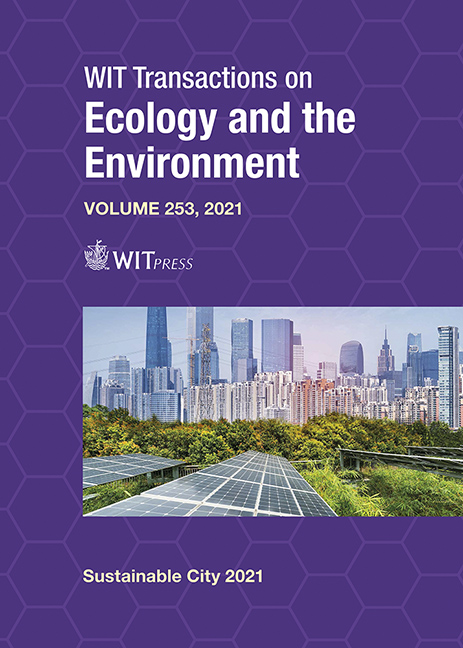RE-ENVISIONING INFRASTRUCTURES, RE-ARMING SUSTAINABLE (UNCONVENTIONAL) PUBLIC SPACES: FREE DESIGN EXERCISES FOR FURTHER IMPROVEMENT OF THE URBAN REGENERATION PROJECT FOR THE FERROCARRIL DE CUERNAVACA DISTRICT OF MEXICO CITY, MEXICO
Price
Free (open access)
Transaction
Volume
253
Pages
13
Page Range
435 - 447
Published
2021
Size
1,189 kb
Paper DOI
10.2495/SC210361
Copyright
Author(s)
GIUSEPPE CALDAROLA
Abstract
This study focuses on those new (unconventional) public spaces generated through the existing urban infrastructures transforming interventions. The case study is the regeneration of the urban district of Mexico City crossed by a local railway line, the Ferrocarril de Cuernavaca, still partially in use. After an international competition, the entire area has been recently transformed, basing on the urban regeneration “Bosque Urban Ferrocarril del Cuernavaca” project made up by the Gaeta Springall Arquitectos Office. This project can be shown as a “model”, as a good design practice to develop new “third places of density”, capable of managing the existing urban conditions complexity and generating new urban qualities, new liveable spaces: innovative public spaces are generated along a linear park of 4.5 km which crosses 22 different neighbourhoods with different social, economic and spatial conditions; new urban functions, formal/informal hybrid forms of living/using the city (or its parts) are settled or simply suggested. It follows “common” design topics of various interventions able to increase social, economic and spatial values and to completely change the existing urban condition by adding space, in-filling life. Following a case study approach, this study reports the results of a joint workshop, conducted by the “Laboratori Metropolitani” research group of the IUAV University of Venice and by professors and students of the Ibero-Americana University. Three projects, set up during the workshop and completed in three Master’s degree theses in architecture, will be shown and described; necessary multidisciplinary approaches, core issues and design topics will be highlighted to characterize and to increase dialogues between academia and professional practice; to show different possible ways to use free design exercises (especially those developed through workshops and seminars) as useful tools to address shared reflections for further urban projects developments and to imagine other possible interventions to improve urban quality life.
Keywords
Infrastructure, public space, collective realm, regeneration projects, liveable places.





